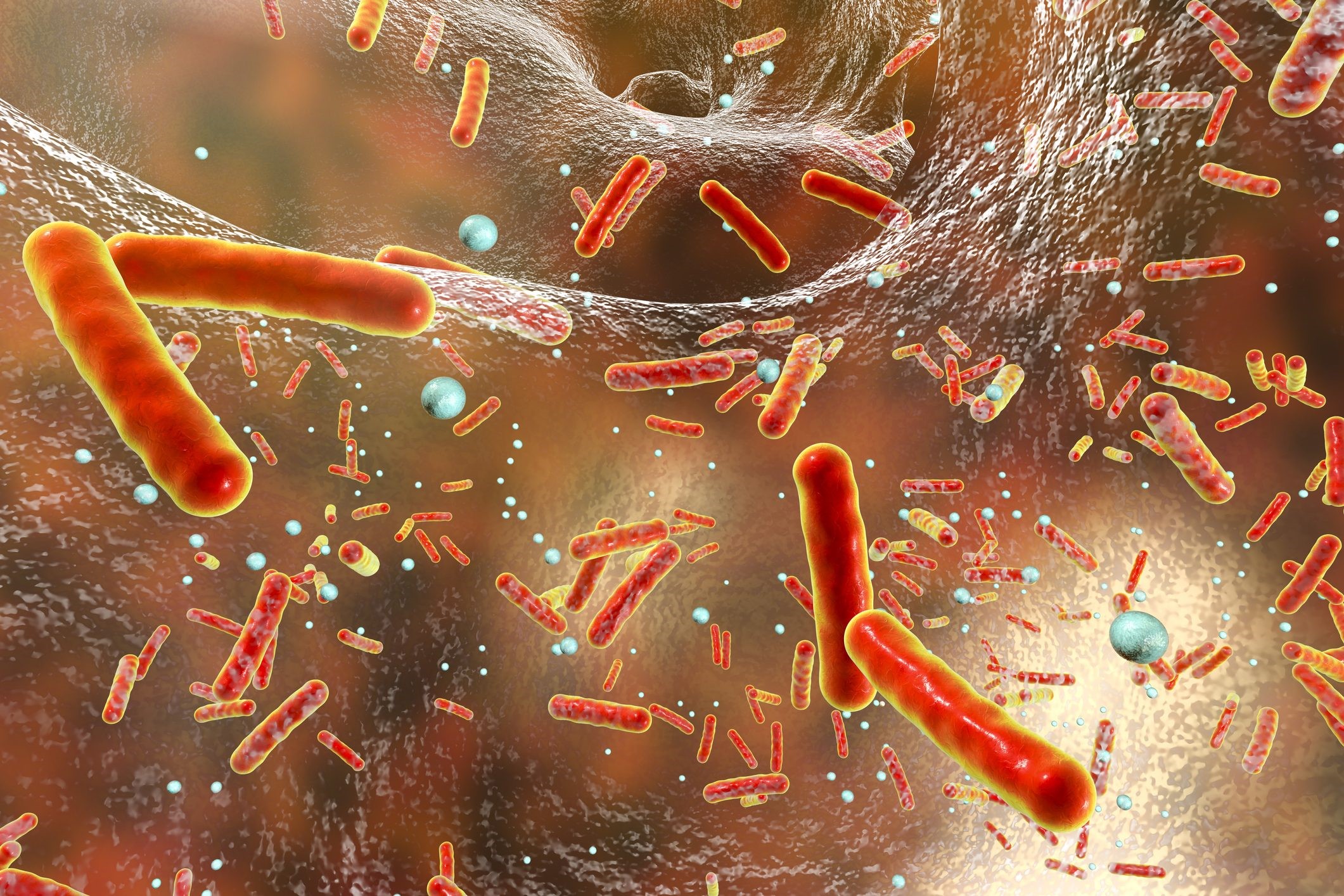
Paediatrics, when are antibiotics needed?
Antibiotics are drugs that reduce or prevent the growth of bacteria
Antibiotics, the importance of a correct diagnosis
It is not easy to distinguish a viral infection from a bacterial infection because the symptoms are often similar: fever, tiredness, malaise, bone pain and widespread muscle aches.
While in the case of bacterial infections antibiotics are a valuable and irreplaceable healing tool, in the case of viral infections they do not contribute in any way to the healing and resolution of symptoms.
When a child presents symptoms such as those listed, a paediatrician’s visit is essential to establish whether antibiotics should be given and to decide which antibiotic to use, at what dosage and how many times a day.
A very common and very serious mistake is to give one’s child an antibiotic in case of fever, just because one has already used it successfully in the past.
Every infectious episode is different and requires a specific paediatric evaluation.
Using antibiotics inappropriately is not only useless, it can be dangerous
It contributes to the creation of so-called ‘bacterial resistance’.
The next time we need that antibiotic, it may turn out to be ineffective precisely because we have used it too much, and disproportionately, in the past.
As with all drugs, it is possible that antibiotic use is associated with side effects such as abdominal pain, lack of appetite, diarrhoea, and allergic reactions.
This is why it is very important to use them only when strictly necessary.
Once the doctor has chosen the appropriate antibiotic, the parent has the essential task of ensuring that the child takes it correctly, respecting the proper methods of administration and storage.
It must be remembered that the child is not a small adult and that for each antibiotic there is an appropriate dosage according to the type of infection, age and body weight.
Respecting the time of administration is essential to ensure the effectiveness of the antibiotic
It is advisable to administer the medicine every day at the same time in order to remember it more easily and not to forget a dose.
Furthermore, it is essential to continue the therapy for the entire period prescribed by the paediatrician: never stop the antibiotic just because the fever has disappeared!
With a well-chosen antibiotic, the symptoms of the infection disappear quickly.
But many bacteria still remain in the body, and if we suspend the antibiotic, we risk the disease returning and being even more difficult to fight.
You must store the medicine at the temperature indicated on the packet: at room temperature or in the refrigerator.
Keep in a place not accessible to children and keep the medicine in its original packaging together with the package insert.
Do not use the medicine after the expiry date.
Once the course of therapy has been completed, it is best to dispose of the remaining medication properly if the treatment did not require an entire packet.
Read Also:
Emergency Live Even More…Live: Download The New Free App Of Your Newspaper For IOS And Android
Antibiotics Resistant Bacteria: The Important Discovery Of Australia
Bacterial Infections: When To Use Antibiotics?
The Lancet: Antibiotic Resistance Kills Millions Worldwide
Cystitis, Antibiotics Are Not Always Necessary: We Discover Non-Antibiotic Prophylaxis
Oxygen-Ozone Therapy To Combat Antibiotic Resistance
The Use Of Antibiotics According To The New WHO Guidelines
Congenital Heart Disease And Safe Pregnancy: The Importance Of Being Followed From Before Conception
EMS: Pediatric SVT (Supraventricular Tachycardia) Vs Sinus Tachycardia
Paediatric Toxicological Emergencies: Medical Intervention In Cases Of Paediatric Poisoning


